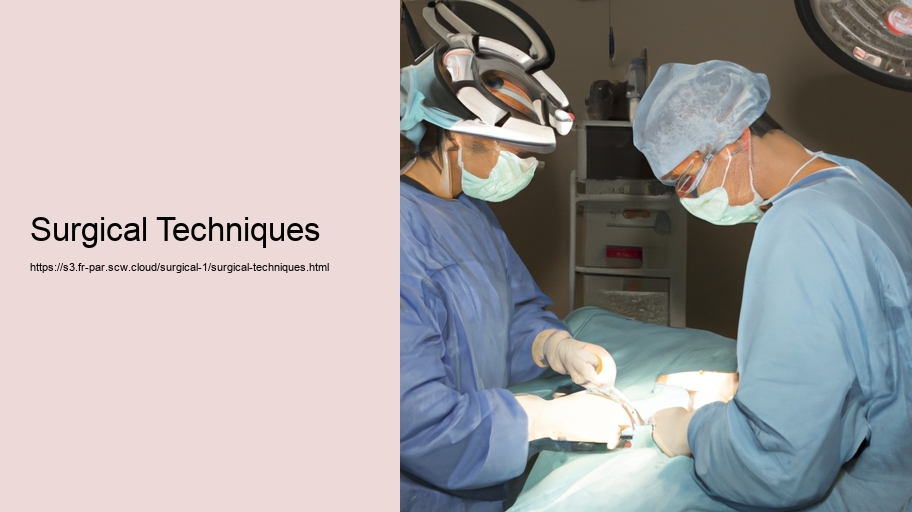Surgical Techniques: An Essay
Surgical techniques have evolved dramatically over the centuries, transforming from rudimentary procedures performed by ancient healers to sophisticated operations executed by highly trained professionals in state-of-the-art facilities. The history of surgery is a testament to human ingenuity and the relentless pursuit of medical advancement, reflecting our deep-rooted desire to heal and to extend the quality and duration of life.
The earliest surgical techniques were primitive and often intertwined with ritualistic and superstitious practices. However, even in antiquity, there were notable advancements, such as the surgical procedures described in the Sushruta Samhita, an ancient Sanskrit text attributed to the physician Sushruta, who is often regarded as one of the earliest surgeons. His contributions to the field of plastic surgery, particularly nasal reconstruction, are well-documented and were remarkably sophisticated for their time.
As civilizations progressed, so did their understanding of the human body and surgical practices. The Greco-Roman period saw the rise of prominent medical figures like Hippocrates and Galen, who not only practiced surgery but also laid the groundwork for medical ethics and anatomical understanding. Their teachings would influence medicine for centuries to come, enduring through the Middle Ages, where the Church's restrictions on human dissection limited further advancement in surgical knowledge.
The Renaissance marked a pivotal point in the evolution of surgical techniques, with the revival of interest in science and anatomy. Pioneering anatomists like Andreas Vesalius challenged prevailing misconceptions and provided detailed anatomical drawings that became essential resources for surgeons. The development of antiseptic techniques by Joseph Lister in the 19th century revolutionized surgery by dramatically reducing infection rates, making complex and invasive procedures more viable.
The 20th century heralded a golden age for surgical innovation. The introduction of anesthesia allowed patients to undergo surgery without the excruciating pain that had once been considered an unavoidable part of the experience. The discovery of antibiotics further improved post-operative outcomes by combating bacterial infections that had previously claimed many lives.
Today's surgical techniques are the culmination of this rich history, characterized by continuous improvement and technological integration. Minimally invasive procedures, such as laparoscopy and robotic surgery, allow surgeons to perform complex operations through small incisions, resulting in faster recovery times and reduced risk of complications. These advancements have also expanded the possibilities for treatments that were once considered inoperable.
The advent of image-guided surgery has provided surgeons with real-time visualizations of the patient's anatomy, enhancing precision and safety during operations. Surgeons can now navigate through the body's structures with unprecedented accuracy, minimizing damage to healthy tissues and improving surgical outcomes.
The field of surgery is also witnessing the growing importance of interdisciplinary collaboration. Surgeons often work closely with specialists in radiology, oncology, and other fields to develop comprehensive treatment plans that address the multifaceted nature of many medical conditions.
Furthermore, the frontier of surgical techniques continues to expand with the exploration of regenerative medicine, including tissue engineering and stem cell therapies, which hold the promise of repairing or replacing damaged organs and tissues. While still in the early stages, these areas of research may one day redefine the very essence of surgery.
In conclusion, surgical techniques have come a long way from their humble beginnings. The progress made reflects the relentless pursuit of innovation and a deeper understanding of the human body. As technology and science march forward, the future of surgery looks ever more precise, less invasive, and more effective, offering hope for better patient outcomes and the continued enhancement of human health and longevity.
